10 Best Herbal Tinctures For Menopause
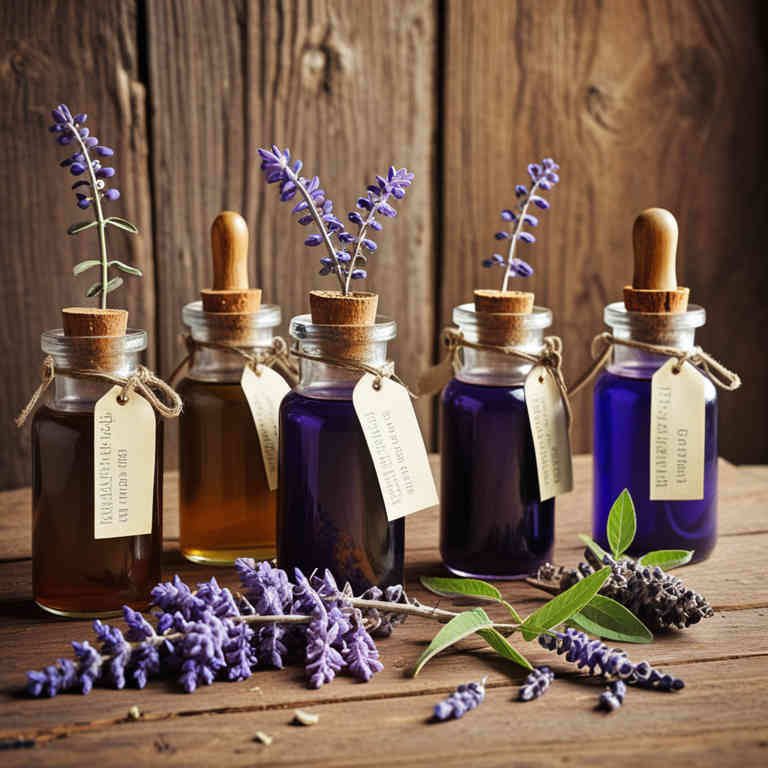
Herbal tinctures have become a popular natural remedy for managing menopause symptoms, offering a holistic approach to hormonal balance and overall well-being.
Commonly used herbs such as black cohosh, evening primrose oil, and red clover are known for their potential to alleviate hot flashes, mood swings, and sleep disturbances associated with menopause. These tinctures are typically prepared by soaking herbs in alcohol or glycerin, allowing for easy absorption and consistent dosing. While they are generally considered safe for most women, it is important to consult a healthcare provider before starting any herbal regimen, especially if taking other medications or having underlying health conditions.
Overall, herbal tinctures can be a valuable complementary therapy for women navigating the transition through menopause.
FREE COURSE
How to make medicinal herbal tinctures for common ailments at home and in a weekend (using the Healing Drops System).

Table of Contents
1. Vitex agnus-castus

Vitex agnus-castus, commonly known as chasteberry, is a herbal tincture often used to support women through menopause by helping regulate hormonal imbalances.
It is believed to influence the pituitary gland, which can aid in balancing estrogen and progesterone levels, alleviating symptoms such as hot flashes, mood swings, and irregular menstrual cycles. While primarily used by women, some men may also consider it for hormone-related issues, though its effects on male physiology are less studied. The tincture is typically taken in small doses, often 20-40 drops daily, and is best used under the guidance of a healthcare professional.
As with any herbal remedy, individual responses can vary, and it should not replace medical advice or treatment for severe menopausal symptoms.
2. Cimicifuga racemosa
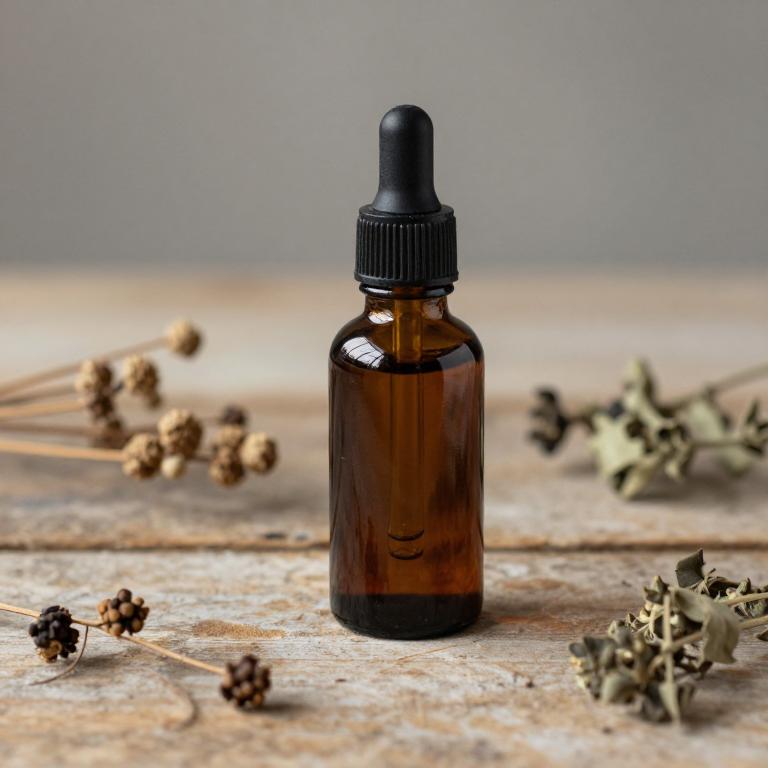
Cimicifuga racemosa, commonly known as black cohosh, is a herbal remedy often used to alleviate menopausal symptoms such as hot flashes, night sweats, and mood swings.
Herbal tinctures of Cimicifuga racemosa are typically prepared by soaking the dried root in alcohol, creating a concentrated form that is easy to administer. These tinctures are popular among women experiencing menopause due to their natural composition and potential effectiveness without the side effects associated with hormone replacement therapy. However, it is important to consult with a healthcare provider before using these tinctures, as they may interact with other medications or have contraindications for certain individuals.
Despite their traditional use, the long-term safety and efficacy of Cimicifuga racemosa tinctures are still subjects of ongoing research and discussion in the medical community.
3. Actaea racemosa
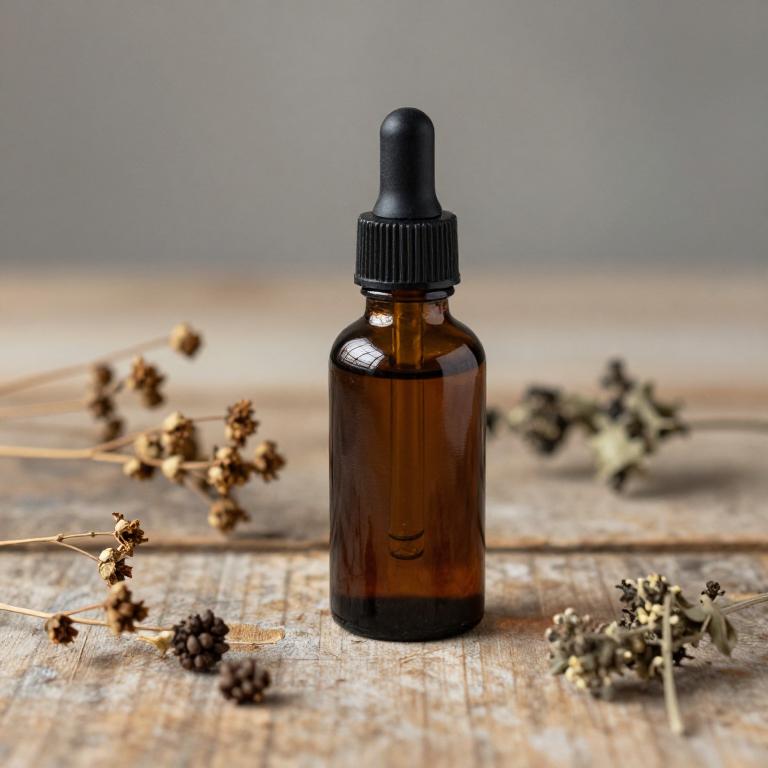
Actaea racemosa, also known as black cohosh, is a commonly used herb in the formulation of herbal tinctures for menopause support.
These tinctures are often sought after for their potential to alleviate symptoms such as hot flashes, night sweats, and mood swings associated with hormonal changes during menopause. The active compounds in Actaea racemosa, including triterpene glycosides and phenolic acids, are believed to interact with the body's estrogen receptors, providing a natural alternative to conventional hormone therapy. Many women find relief from menopausal discomfort through regular use of black cohosh tinctures, though it is important to consult with a healthcare provider before starting any herbal regimen.
As with any supplement, the effectiveness and safety of Actaea racemosa tinctures can vary, and they should be used under professional guidance.
4. Equisetum arvense
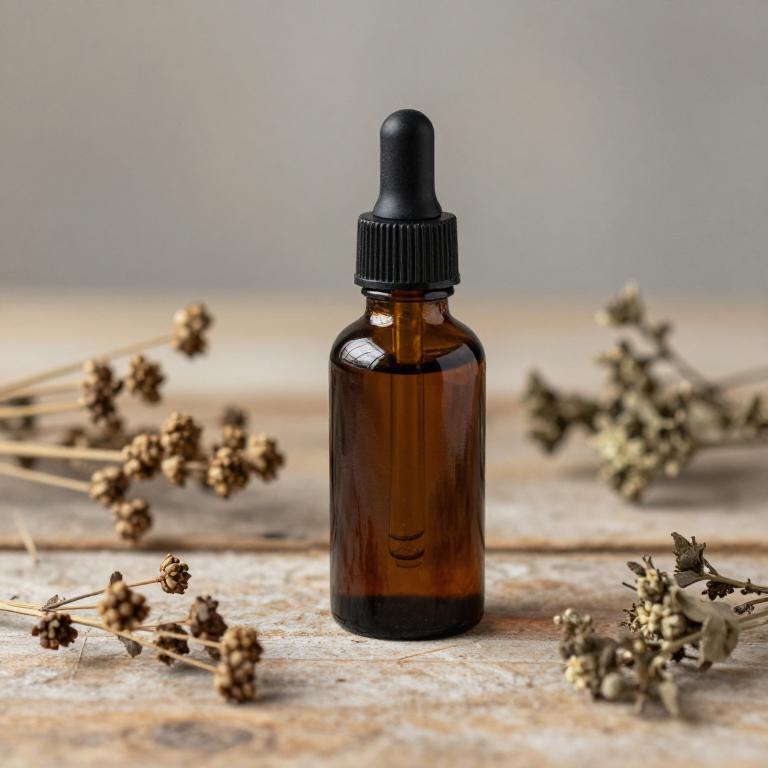
Equisetum arvense, commonly known as field horsetail, is a traditional herbal remedy that has been used for centuries to support women during menopause.
Its tincture form is particularly valued for its high concentration of silica, which may help alleviate symptoms such as joint pain, bone loss, and skin dryness often associated with this phase. The herb is also believed to have mild estrogenic properties that may help balance hormonal fluctuations, though it should not replace prescribed hormone therapy. When used as a tincture, Equisetum arvense is typically taken in small doses, often diluted in water or alcohol, to harness its purported benefits safely.
As with any herbal supplement, it is advisable to consult with a healthcare provider before incorporating it into a menopause management plan.
5. Urtica dioica

Urtica dioica, commonly known as stinging nettle, is a herbal remedy that has been used for centuries to support women during menopause.
Its tincture form is popular for its potential to alleviate menopausal symptoms such as hot flashes, mood swings, and fatigue. Rich in nutrients like iron, calcium, and vitamins, stinging nettle tinctures may help balance hormone levels and support overall well-being. Many women report improved energy and reduced discomfort when incorporating this herbal tincture into their wellness routine.
However, it is important to consult with a healthcare provider before starting any new herbal supplement, especially for those with existing health conditions or taking other medications.
6. Glycyrrhiza glabra
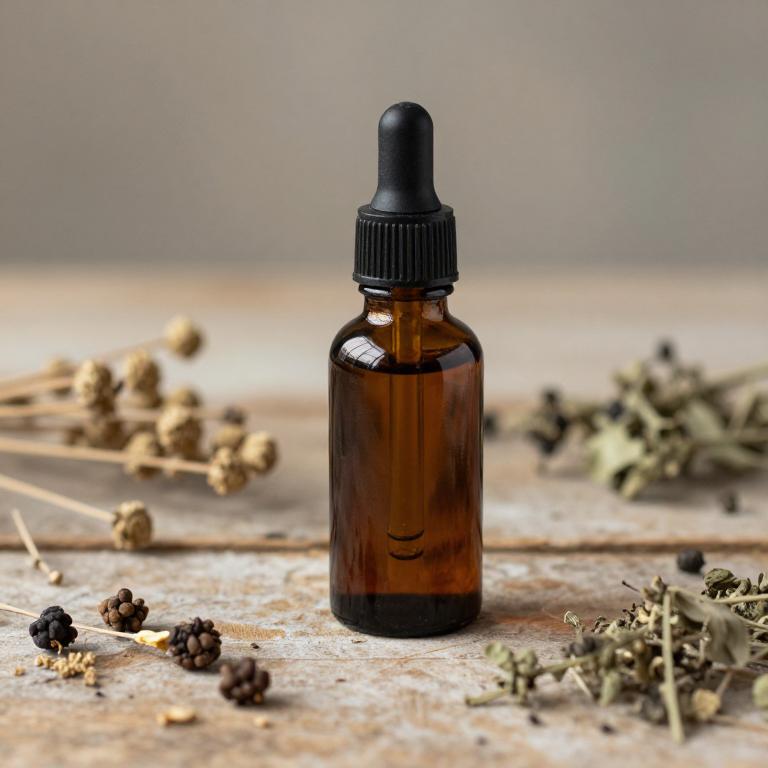
Glycyrrhiza glabra, commonly known as licorice root, has been traditionally used in herbal medicine for its adaptogenic properties, which may help support the body during menopause.
Licorice root tinctures are often used to alleviate symptoms such as hot flashes, mood swings, and fatigue by balancing hormonal fluctuations and supporting adrenal function. The active compounds in licorice, including glycyrrhizin and flavonoids, may have anti-inflammatory and calming effects that contribute to its therapeutic use. However, due to its potential to raise blood pressure and interact with certain medications, it is important to consult a healthcare provider before use, especially for individuals with hypertension or those on medication.
Despite these considerations, licorice root tinctures remain a popular complementary therapy for women navigating menopause.
7. Lepidium meyenii

Lepidium meyenii, commonly known as maca, has been traditionally used for its adaptogenic properties, and its herbal tinctures are increasingly being explored for their potential benefits during menopause.
These tinctures are believed to help balance hormonal fluctuations by supporting the endocrine system, which can alleviate common menopausal symptoms such as hot flashes, mood swings, and fatigue. Maca root tinctures may also enhance energy levels and improve sexual vitality, making them a popular natural remedy for women navigating menopause. While research is ongoing, many users report positive effects, though it is important to consult a healthcare provider before use, especially for those with existing health conditions or on medication.
Overall, maca tinctures offer a natural, holistic approach to managing menopause symptoms with a growing body of anecdotal and preliminary scientific support.
8. Silybum marianum
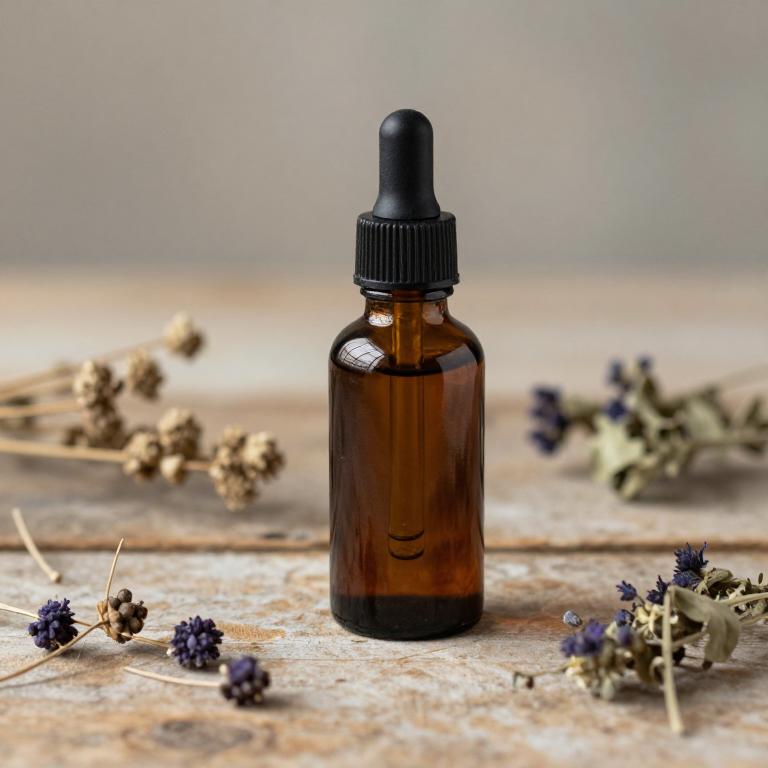
Silybum marianum, commonly known as milk thistle, is a herbal remedy that has been traditionally used to support liver health and is now being explored for its potential benefits during menopause.
Its active compound, silymarin, is believed to have antioxidant, anti-inflammatory, and hepatoprotective properties that may help manage menopausal symptoms such as hot flashes and mood swings. Some studies suggest that silybum marianum tinctures may support hormonal balance and improve overall well-being in women undergoing menopause. However, more clinical research is needed to fully understand its efficacy and safety for this specific population.
As with any herbal supplement, it is advisable to consult a healthcare provider before use, especially for those with existing medical conditions or taking other medications.
9. Prunus africana
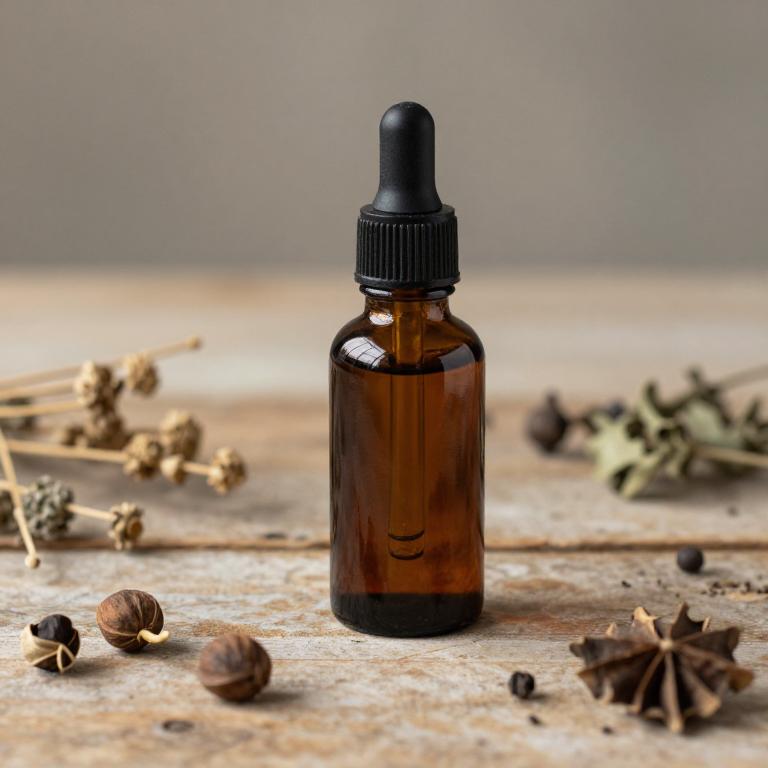
Prunus africana, also known as African cherry, has been traditionally used in herbal medicine for its potential benefits during menopause.
Herbal tinctures made from Prunus africana are believed to support hormonal balance and alleviate common menopausal symptoms such as hot flashes and mood swings. These tinctures are typically prepared by extracting the bark of the tree with alcohol, preserving its active compounds. Many women report improved sleep quality and reduced anxiety when using Prunus africana tinctures as part of their natural menopause management regimen.
However, it is important to consult with a healthcare provider before starting any herbal supplement to ensure safety and appropriateness for individual health needs.
10. Pueraria lobata
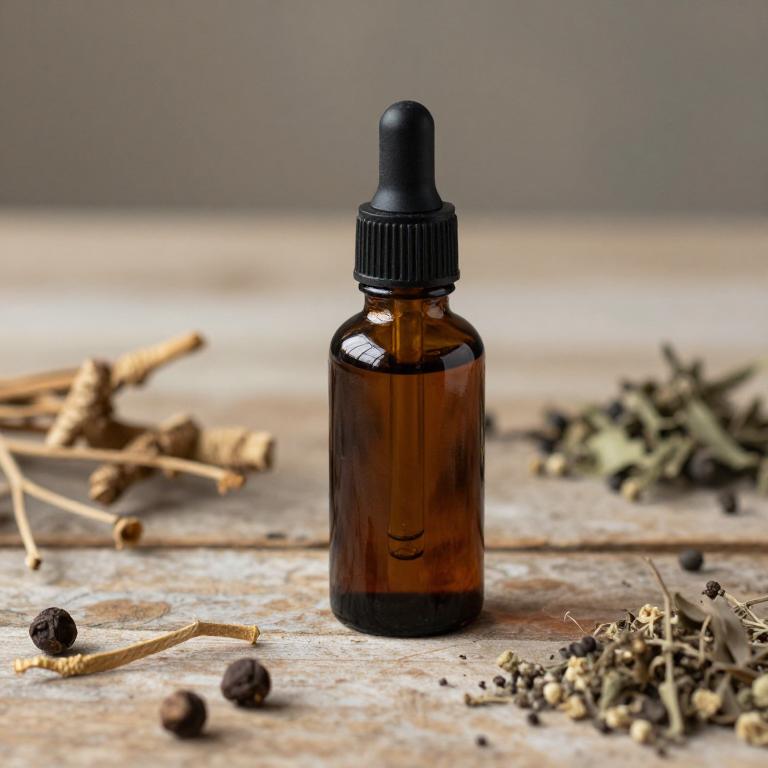
Pueraria lobata, also known as Kudzu, is a traditional herbal remedy that has gained popularity for its potential benefits in managing menopausal symptoms.
Its active compound, daidzein, is a phytoestrogen that may help alleviate hot flashes, night sweats, and mood swings associated with menopause. Pueraria lobata tinctures are typically prepared by soaking the dried root in alcohol, allowing for the extraction of beneficial compounds. These tinctures are often used as a natural alternative to hormone replacement therapy, offering a gentler approach for women seeking relief without synthetic hormones.
However, it is important to consult with a healthcare provider before use, as individual responses and interactions with other medications can vary.